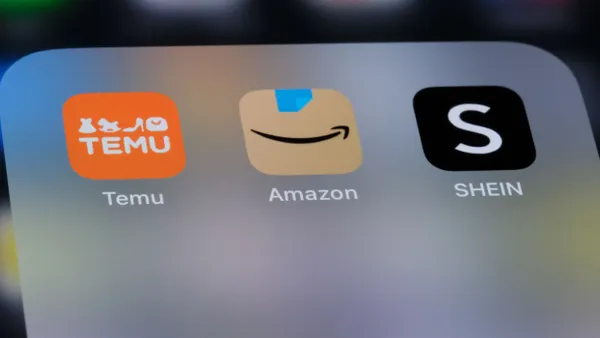Dive Brief:
-
As of Sunday, Starbucks has shut down its online store to focus on selling branded products like mugs, coffee beans and tumblers in stores, according to a post on its website.
-
On an Frequently Asked Questions page on its website, the company noted it could not guarantee available quantities of all products in stores. Coffee orders, however, still can be purchased via the Starbucks mobile app to be picked up in-store.
-
The move is a push to "simplify" Starbucks' sales channels, Maggie Jantzen, a company spokeswoman told The New York Times. "We’re continuing to invest in amplifying Starbucks as a must-visit destination and are looking across our portfolio to make disciplined, thoughtful decisions," she said.
Dive Insight:
Starbucks is the first major retail chain in recent memory to shutter an e-commerce site in favor of boosting its brick-and-mortar experience. But don't expect this to be the beginning of a broader trend.
Starbucks, essentially a restaurant (or grocer, or food and beverage retailer, if you prefer) that doubles as a retailer of a limited range of non-food products, only has so much to gain from selling online. It doesn't use its website to offer the endless aisles of inventory that many e-commerce retailers hype, and as such, it can afford a gambit designed to drive its web audience into stores for the purchase they may have been making from its website.
This isn't just about getting online customers to visit stores more often. Starbucks has shown that it cares very much about conversational commerce and mobile commerce. The decommissioning of its e-commerce capabilities should also be read as a strengthening commitment to its remote voice ordering and mobile app and payment capabilities.
Ultimately, Starbucks probably isn't pursuing this path because it has undying faith in brick-and-mortar over e-commerce. Remember, this is the same outfit that just decided to close hundreds of its Teavana locations. What Starbucks is demonstrating is that it believes the future of e-commerce is not a website, but a mobile app that feeds into the in-store experience.













